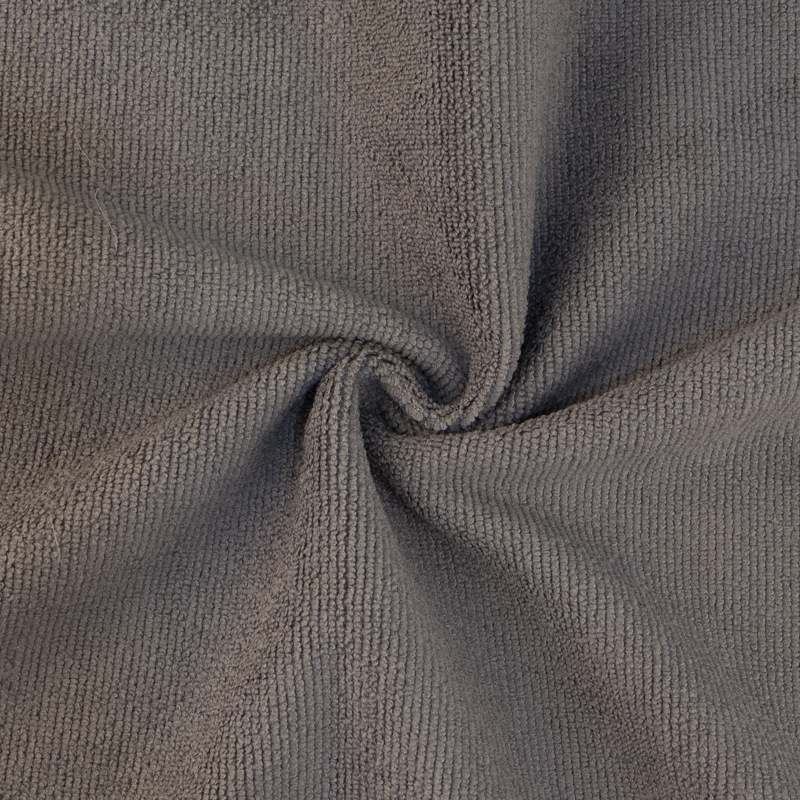Towel Production Process: From Raw Material to Finished Product
The towel production process involves several steps, from the selection of raw materials to the final finishing of the product. Towels are essential items in everyday life, used for personal hygiene, cleaning, and various other purposes. Understanding the production process can provide insight into the quality and characteristics of different types of towels.
The first step in the towel production process is the selection of raw materials. Cotton is the most commonly used material for towels due to its absorbency, softness, and durability. The quality of the cotton plays a crucial role in determining the overall quality of the towel. Long-staple cotton, such as Egyptian or Pima cotton, is preferred for its superior strength and softness.
Once the raw materials are selected, the next step is the spinning and weaving process. The cotton fibers are spun into yarn, which is then woven into the fabric that will become the towel. The weaving process determines the density and texture of the towel, with different weaving techniques resulting in varying levels of softness and absorbency.
After the fabric is woven, it undergoes the dyeing and bleaching process. This step involves the application of dyes and bleaching agents to achieve the desired color and brightness of the towel. Eco-friendly and non-toxic dyes are often preferred to minimize the environmental impact of the production process.
Following the dyeing and bleaching process, the fabric is cut into individual towel sizes and shapes. The edges of the towels are then hemmed to prevent fraying and ensure durability. At this stage, any additional features, such as decorative borders or embroidery, may be added to enhance the aesthetic appeal of the towels.
The next critical step in the towel production process is the finishing process. This involves several treatments to improve the softness, absorbency, and overall feel of the towels. One common finishing technique is the application of softeners to the fabric, which helps to enhance its plushness and comfort.
Quality control is an integral part of the towel production process. Towels undergo rigorous inspection to ensure that they meet the required standards for absorbency, color fastness, and durability. Any towels that do not meet the quality standards are rejected or sent for reprocessing.
Once the towels pass the quality control checks, they are packed and prepared for distribution. Packaging may vary depending on the intended market, with retail packaging designed for individual sale and bulk packaging for commercial and hospitality use.
In conclusion, the towel production process involves a series of meticulous steps, from the selection of raw materials to the finishing and packaging of the final product. Each stage of the process plays a crucial role in determining the quality, absorbency, and overall performance of the towels. By understanding the production process, consumers can make informed choices when selecting towels for their specific needs. Additionally, manufacturers can use this knowledge to continuously improve and innovate their production methods to meet the evolving demands of the market.
Post time: May-17-2024


